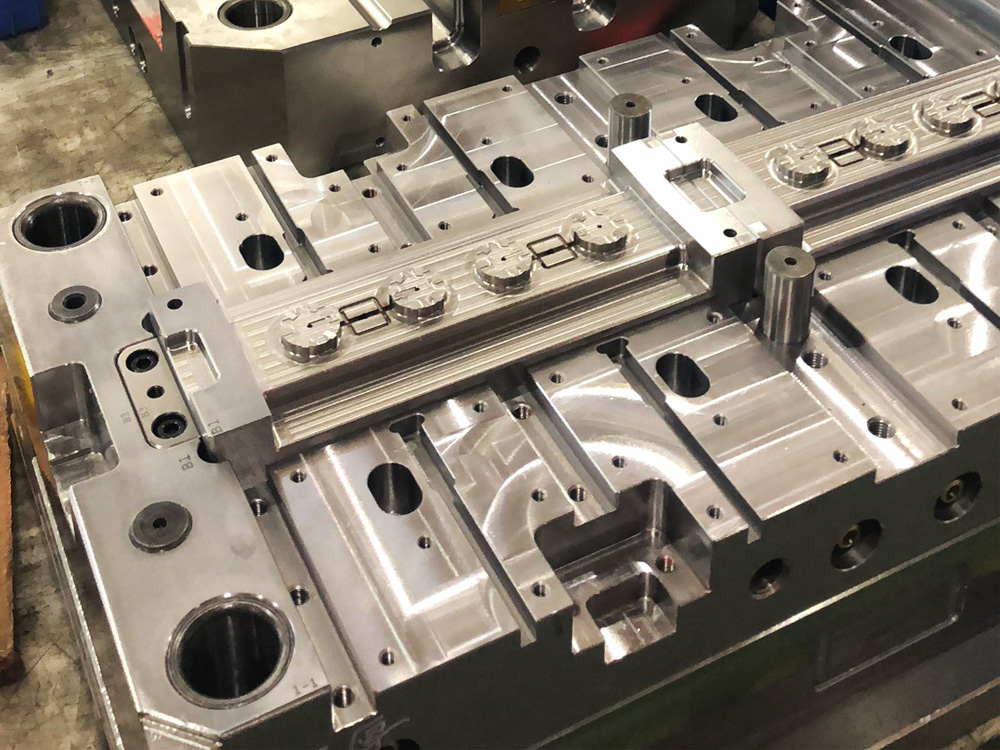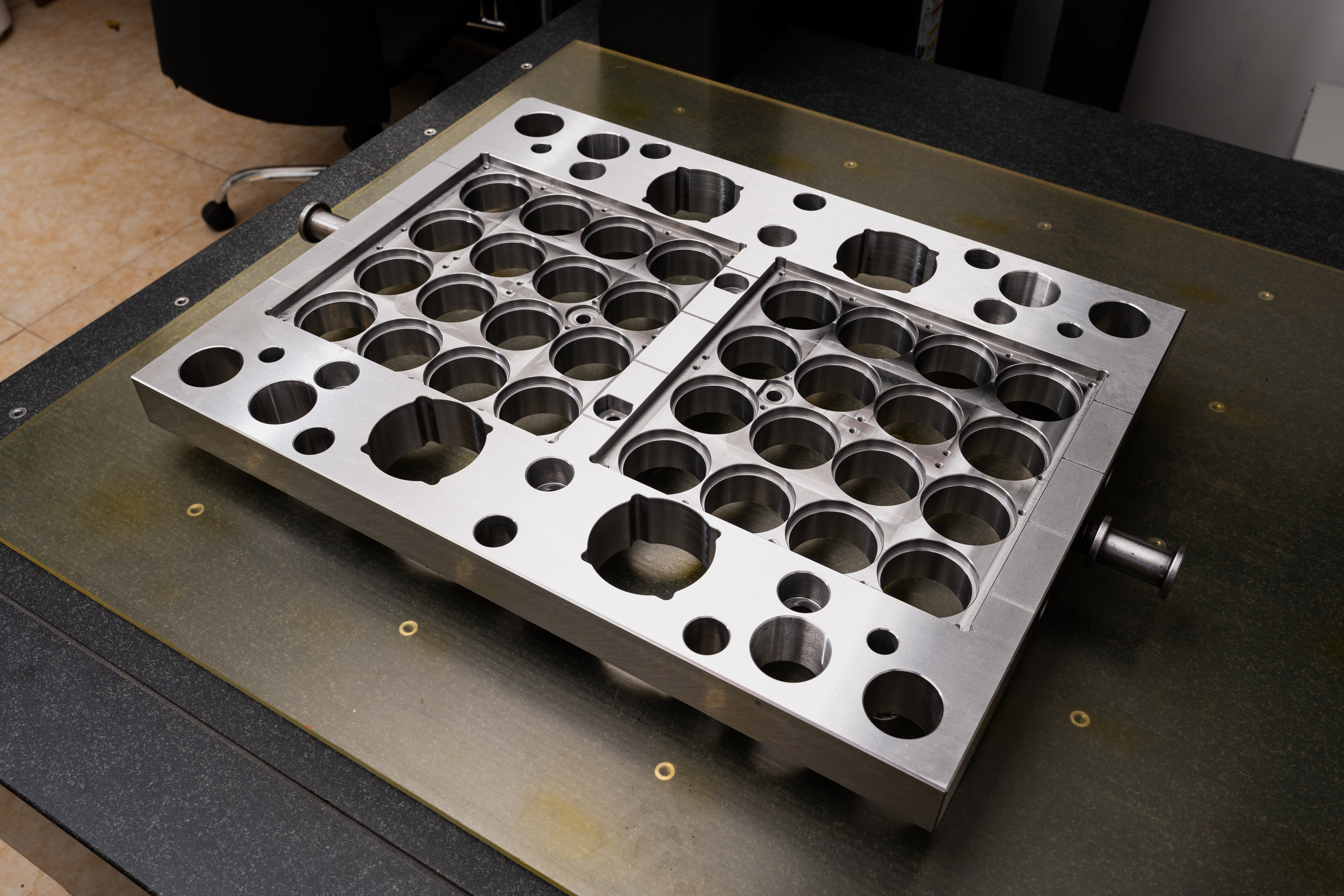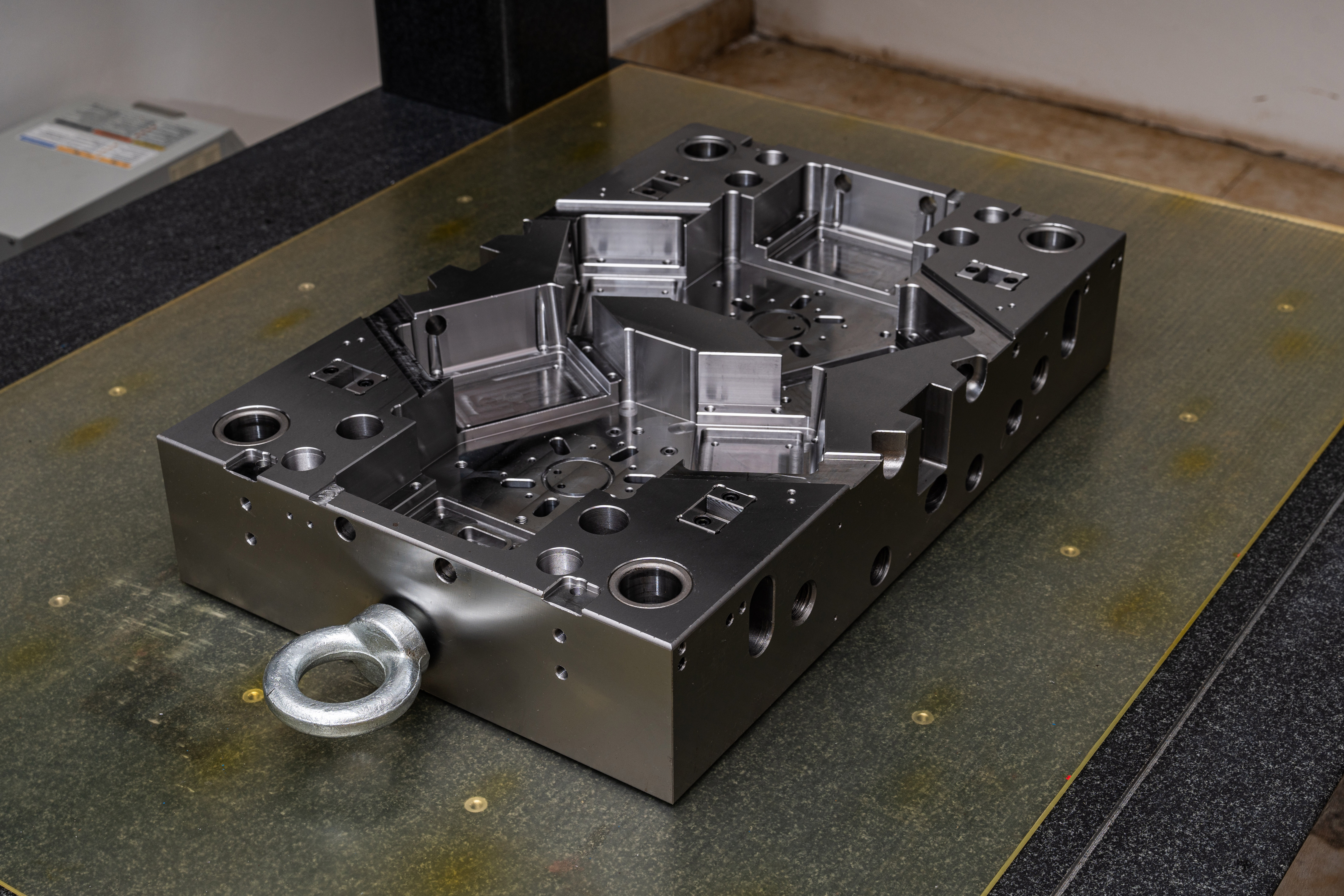Tips for Selecting an Injection Mold Base
In the mold making industry, selecting the right mold base is crucial to the success of any injection molding project. The mold base serves as the foundation for the entire mold assembly, providing support and alignment for the various components. It is essential to choose the appropriate mold base to ensure the production of high-quality parts. Here are some tips to consider when selecting an injection mold base:
1. Material
The choice of material for the mold base is an important factor that affects the performance and longevity of the mold. Common materials used for mold bases include P20, H13, and 420 stainless steel. Each material has its own advantages and disadvantages. P20 is widely used due to its excellent machinability and good wear resistance. H13 offers superior heat resistance and is suitable for high-production molds. 420 stainless steel is corrosion-resistant and suitable for molds used in medical or food industries. Consider the specific requirements of your project and select a mold base material accordingly.
2. Standardization
Using standardized mold bases can help reduce costs and lead times. Standard mold bases are available in various sizes and configurations, making them easily interchangeable. This allows for easier maintenance and repair, as well as the possibility of reusing the mold base for future projects. Additionally, standardization enables the use of standard components, such as guide pins and ejector systems, resulting in lower costs and improved efficiency.
3. Precision and Tolerance
The precision and tolerance requirements of the project should guide the selection of a mold base. It is crucial to choose a mold base that can meet the desired dimensional accuracy and surface finish specifications. Consider the required tolerances for the parts, as well as the molding process being used. A higher precision mold base may be necessary for complex mold designs or tight tolerance parts, while a lower precision mold base may be sufficient for less demanding applications.
4. Cooling System
The cooling system is a critical element of any injection mold base. Efficient cooling ensures uniform part cooling, reducing cycle times and improving overall productivity. When selecting a mold base, consider the cooling requirements for your specific project. Look for mold bases that offer good cooling channel designs, allowing for optimal heat transfer. Cooling channel placement and size should be strategically positioned to achieve the desired cooling rate and minimize warpage or sink marks.
5. Ejection System
The ejection system is responsible for removing the molded part from the mold cavity. It is essential to select a mold base that accommodates the desired ejection system. Consider factors such as the type of ejection mechanism (e.g., ejector pins, sleeves, or stripper plates), the number and location of ejection points, and the required ejection stroke. Proper ejection ensures the smooth release of parts without causing any damage or deformation.
6. Compatibility and Flexibility
Ensure that the selected mold base is compatible with your injection molding machine. Consider the machine's platen dimensions, maximum clamp force, and any specific requirements for mounting the mold base. Additionally, choose a mold base that offers flexibility. It should allow for easy customization and modifications to accommodate changes in part designs or production requirements.
7. Surface Treatment
Depending on the specific application, you may need to consider surface treatment options for the mold base. Surface treatments such as nitriding or hard chrome plating can enhance the mold's durability and resistance to wear and corrosion. Evaluate the requirements of your project and select a mold base with suitable surface treatment options to ensure long-lasting performance.
In conclusion, selecting the right injection mold base is vital for the success of any injection molding project. Consider factors such as material, standardization, precision, cooling system, ejection system, compatibility, flexibility, and surface treatment. By carefully evaluating these aspects, you can choose a mold base that meets the specific requirements of your project, ensuring the production of high-quality parts.




